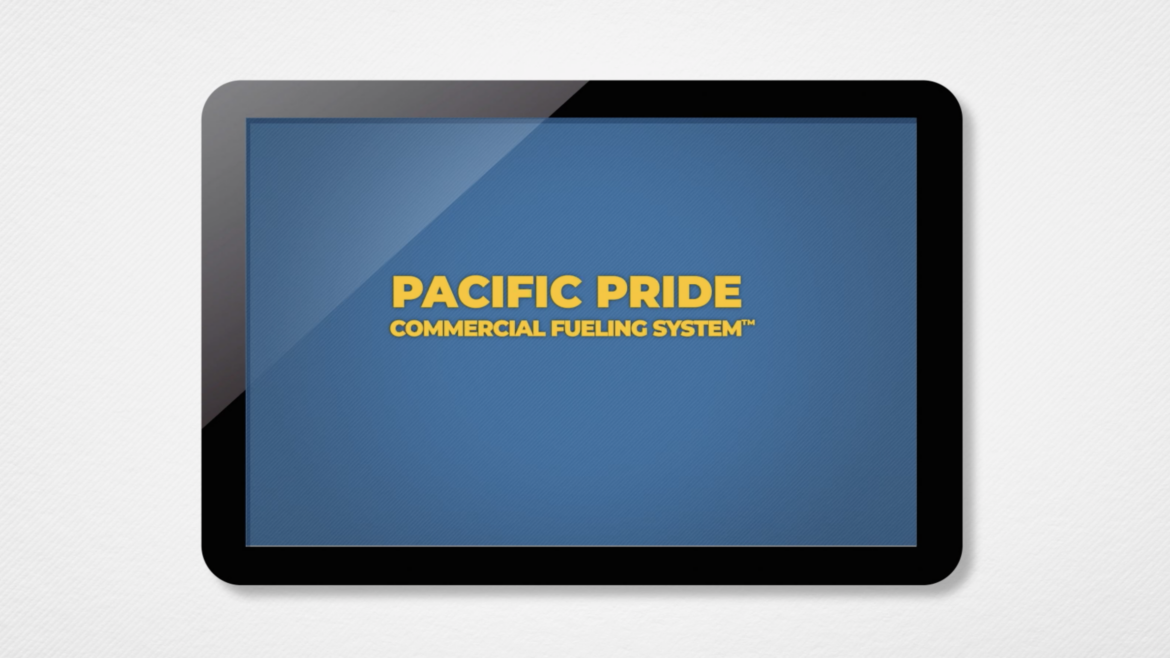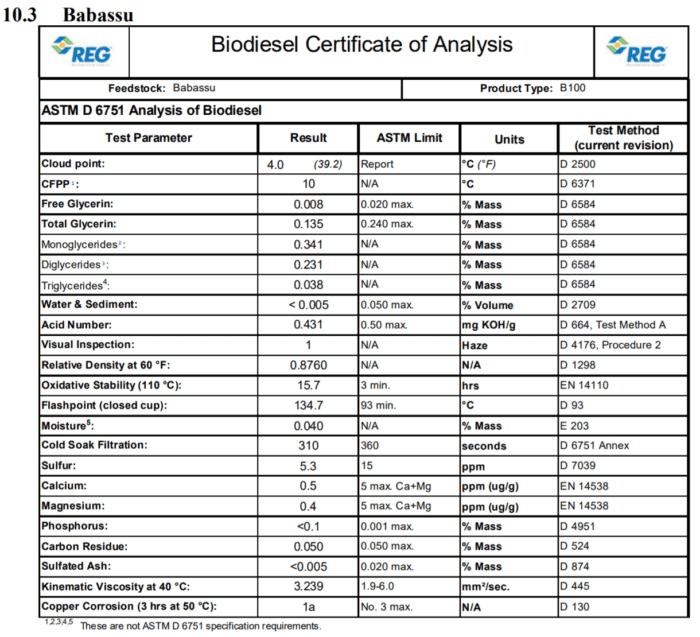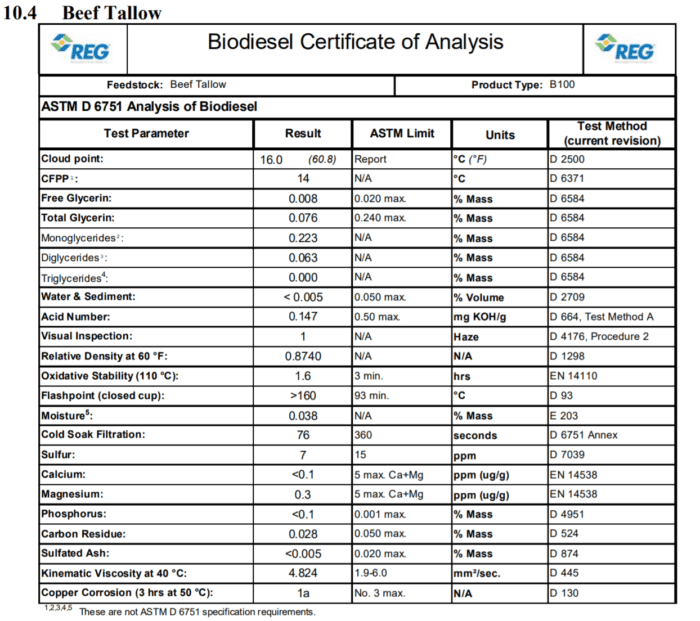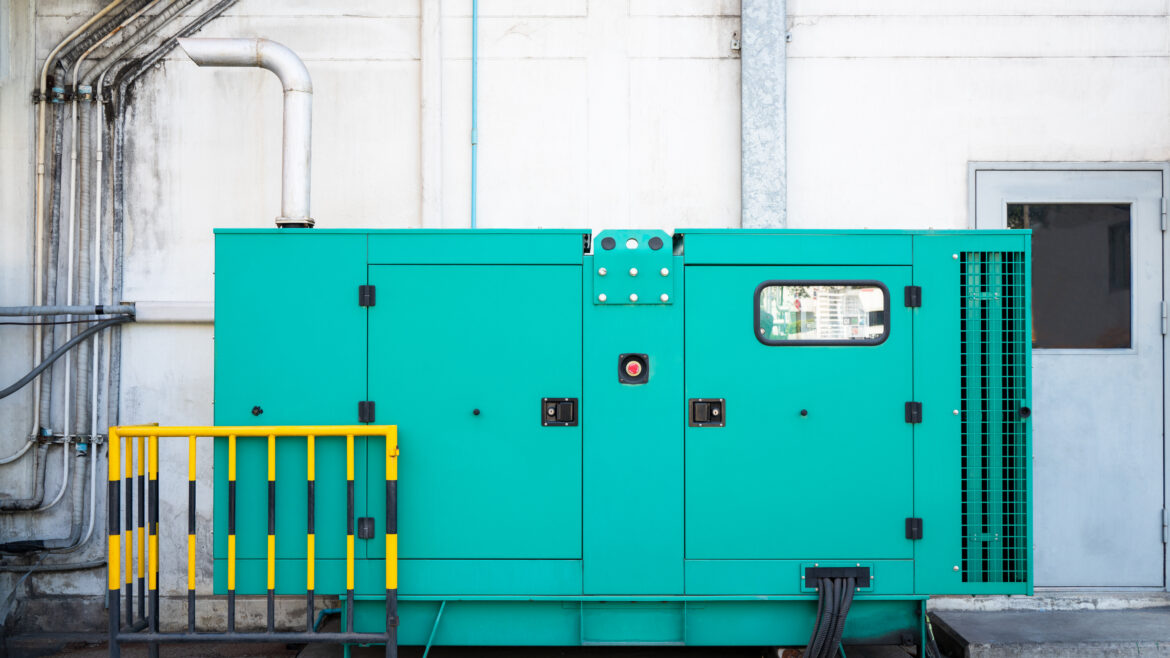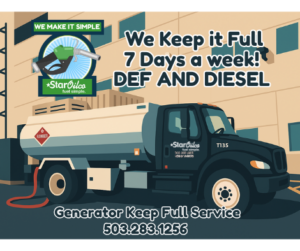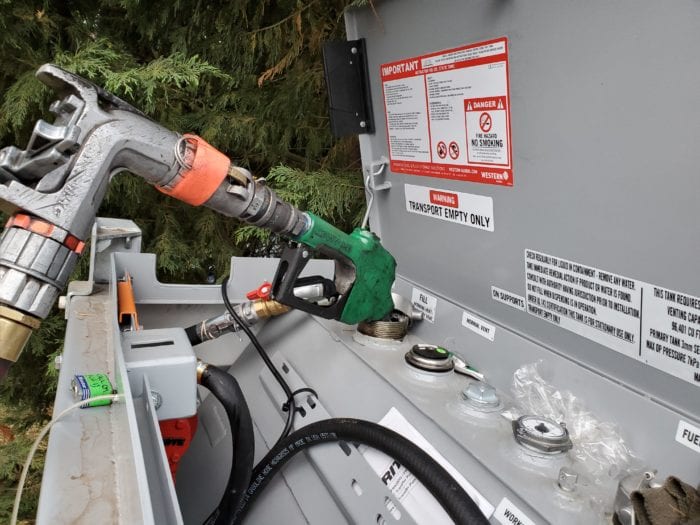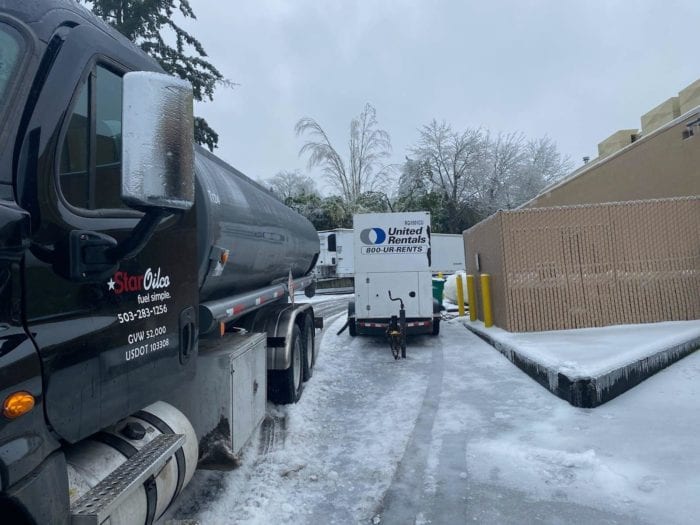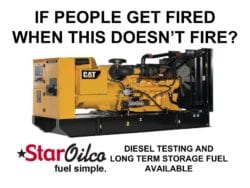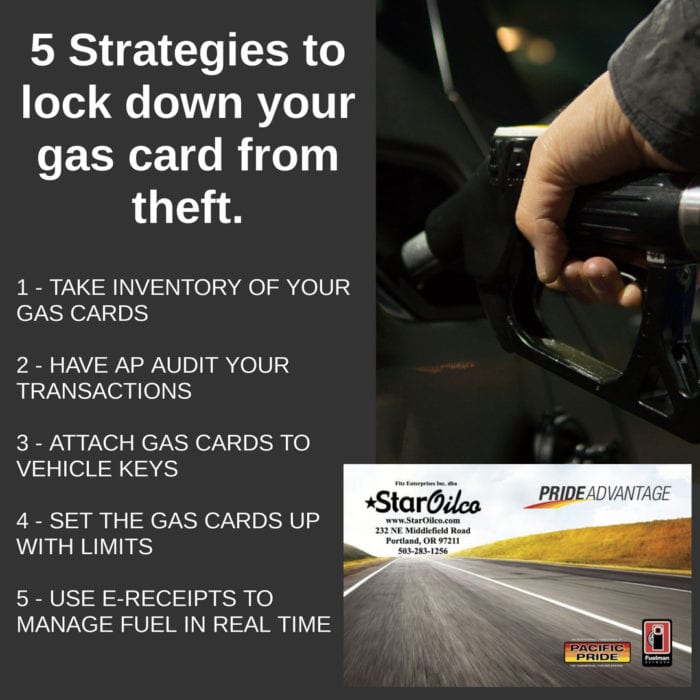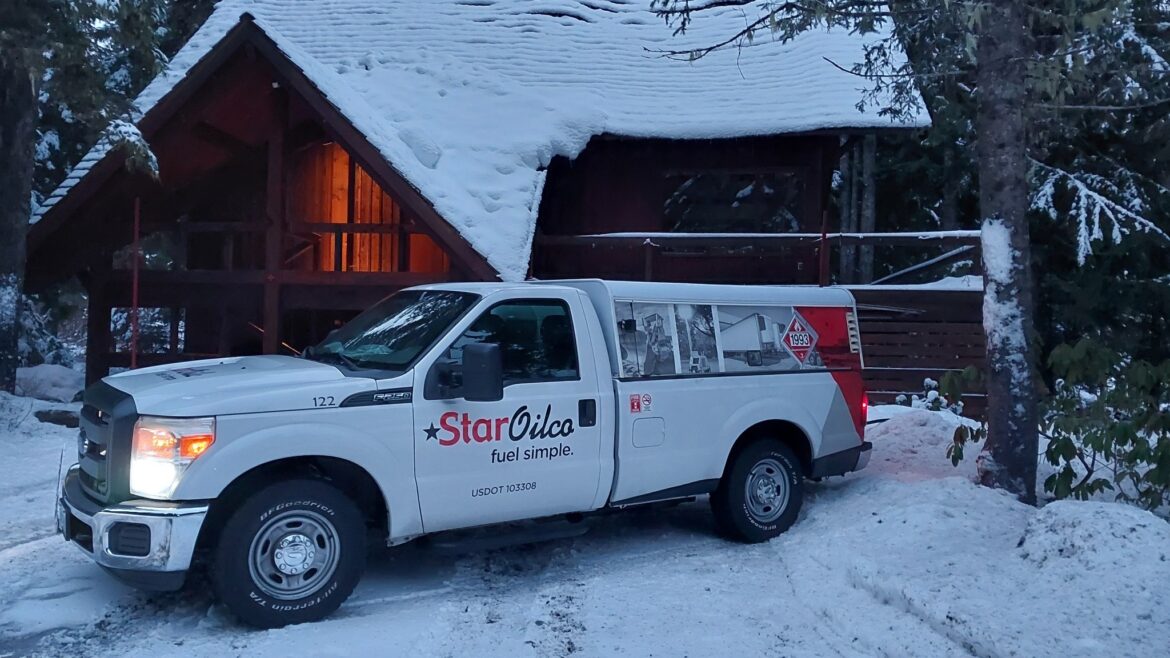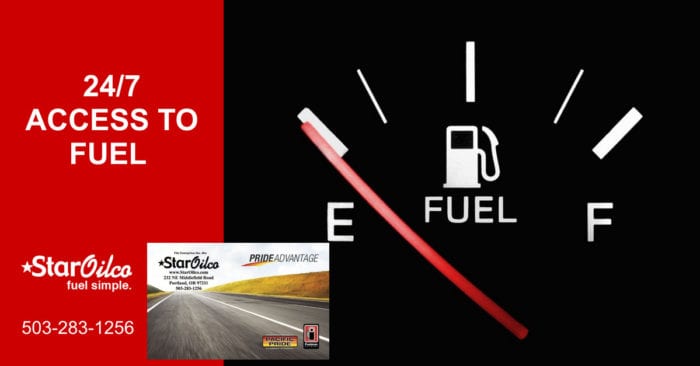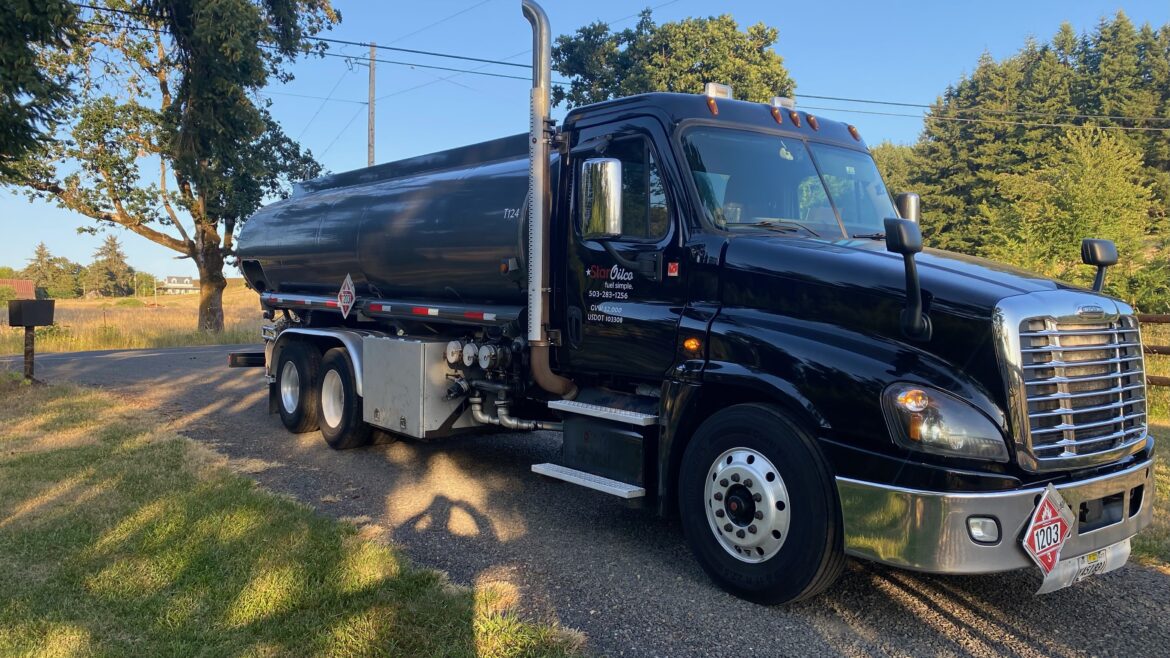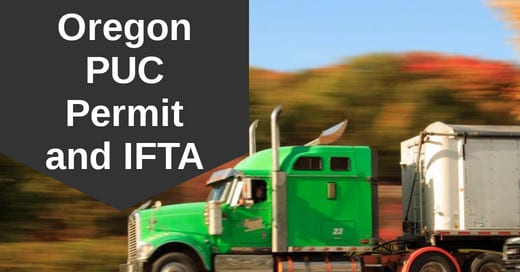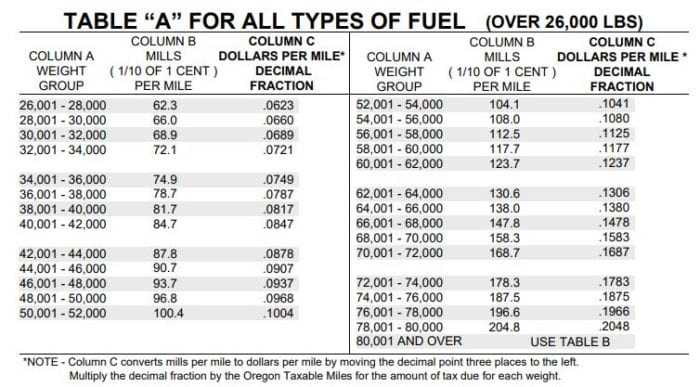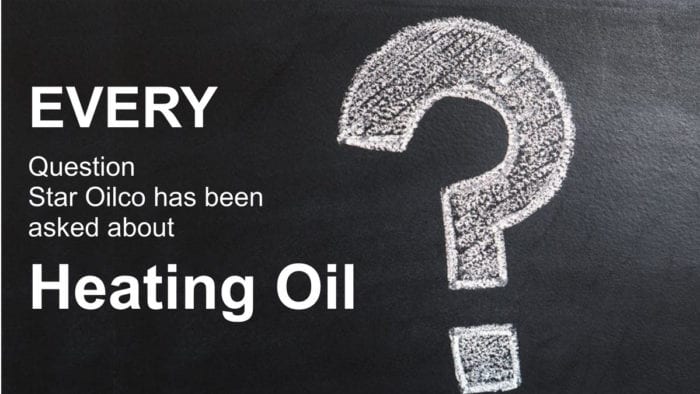Top 4 Reasons Hotels Should Use Pacific Pride
Pacific Pride Fuel Cards for Airport, Hotel, or Travel Shuttle Companies

ending with fuel card management, emailed receipts, transparency, and accountability for your hotel or travel shuttle bus drivers.
Star Oilco is an independent Franchisee of Pacific Pride

Running a shuttle service for a hotel for any reason can have a lot of moving parts:
- Hiring
- Training Drivers
- Scheduling Shifts
- Keeping the Vehicles Full of Fuel
- Ensuring a Consistent Time Table
Let Star Oilco track and control the fueling for you. We can save you money and significantly reduce your risk of fuel theft while getting your drivers out of lines at a retail gas station. In addition, our locations are open even on holidays or late at night.
Shuttles going to and from the airports can be on tight schedules and don’t have a lot of time to fuel. Meeting your guests’ needs means you can’t have your drivers in lines for a long time. Stand-alone commercial-only Pacific Pride and CFN sites in the northwest are a real resource for your business. Many stations are located near airports. They speed up the labor associated with fueling and significantly lock down the chance for fraud or theft when using your fuel card. Stand-alone sites limit access to convenience store items so employees won’t be tempted to spend time browsing and make purchases on the company credit card.
With Pacific Pride and CFN stand-alone commercial cardlock sites, there are other benefits beyond just the convenience. The biggest difference is that these commercial cardlock sites are built with security in mind. Retail stations are engineered to sell as many products as possible to those pulling up for gasoline. Commercial cardlock sites are designed for commercial users who seek the fastest fueling experience. That is a major contrast between the two.
Top 4 Reason Hotels Should Use Fuel Cards

Reason #1 – Better Tracking and Management
With a myriad of responsibilities required of those who run hotels or shuttles, simple methods to control when, where, and what is purchased any time during the day can save time and money. Controls keep fuel purchases in line and by only those with authorization.
WHEN: If the drivers only need access to fuel during specific shifts you can set the cards to work only during these times.
WHERE: Drivers can be limited to specific locations such as only Pacific Prides, or if more flexibility is needed, they can be authorized to use any of the 57,000 extended network locations. Pacific Pride locations are also open 24/7 and open even on the holidays.
WHAT: Drivers can be limited to specific types of fuel. If the van takes diesel you can set the card to only have access to diesel. These simple strategies can eliminate many of the issues that can arise when fueling.
Talk to a Card Lock expert at Star Oilco to find out more.
Reason #2 – No More Paper Receipts
Tracking and reviewing receipts takes up a lot of time. Pacific Pride fuel cards can be set up to automatically email every time a fueling occurs. Using a fuel card eliminates the need to continuously organize and track expense receipts from drivers. No more going through each and every receipt to see what and how much was purchased. Fuel can be set up to see which vehicle was fueled, who fueled it and when it was fueled. These transactions are easily organized with entered mileage and fuel costs in the bills that are issued twice a month. This alone can save hours of labor for accountants and controllers as they audit the bills.
Reason #3 – Stop Fuel Theft
By using a fuel card, a hotel insures the security of their shuttles and prevents theft by its drivers. This instills peace of mind, as managers know their drivers cannot use a fuel card for personal usage. Fuel cards can be assigned to vehicles and each driver has their own individual PIN#. With a quick email or phone call, card access can easily be granted or blocked as drivers leave or new ones are added.
Reason #4 – Transparency and Accountability
Star Oilco has created a template agreement for drivers to sign as they are assigned identification numbers for the cards. This form helps the driver understand that they are responsible for any unauthorized purchases with their DIN (Driver Identification Number). Setting up emails that are sent in real time can be done so that any unauthorized use can immediately be investigated.
Need to lock down your gas card from fuel theft?
Call Star Oilco, we make it simple.
Our motto is “Keep it Simple” and we make this easy. Feel free to reach out and see what Star Oilco can do for your fleet to upgrade its fleet fueling security.
What do you need to get a fuel card in Oregon?
All you need in order to access Pacific Pride sites in Oregon is a business license and proof that you use over 900 gallons of total fuel a year. CFN commercial cardlock sites have the same requirements. If you are a business using a commercial quantity of fuel, you qualify to self-serve gasoline and you can stop paying your employees to shop at the most expensive retail gas stations with the best mini-mart selection. Instead, get them back on the road 24-7 and usually without a line to wait in.
What do you need for fueling cards in Washington or any other state?
If you drive into Oregon and want to use gasoline, you still need the same requirements as stated above. If you don’t need access to Oregon gas stations, it is much easier to get a fuel card.

Star Oilco is an independent Franchisee of Pacific Pride


